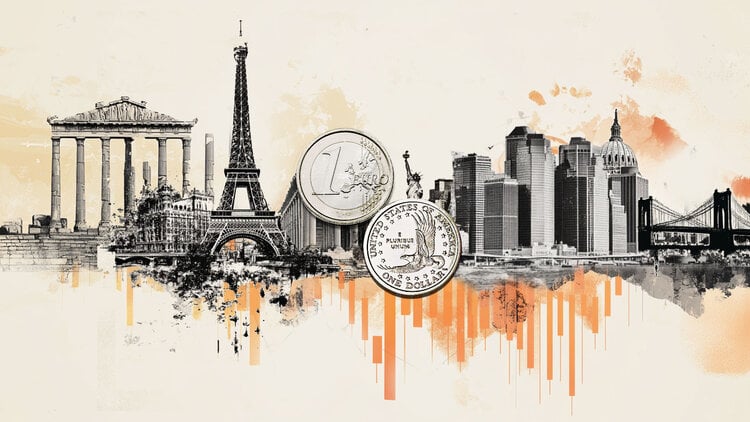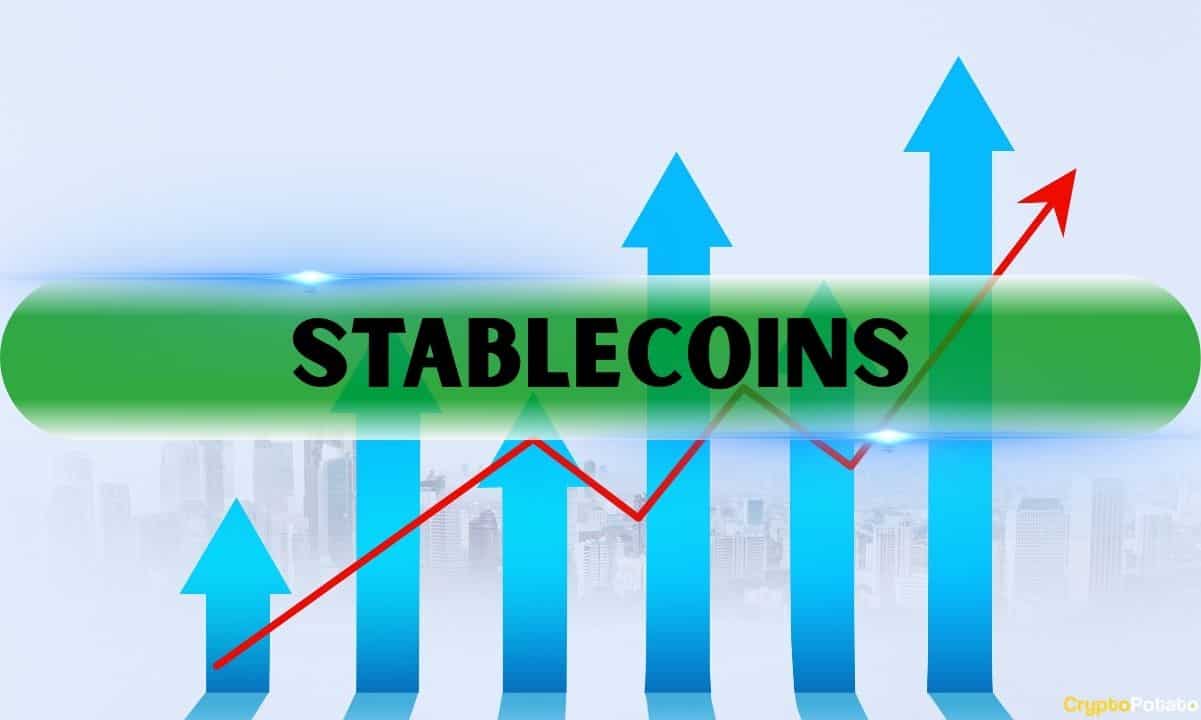EUR/USD appreciates further as Trump’s tariffs threat wanes amid hopes of a trade deal

- The Euro bounces up and trims previous losses as investors digest the 30% levies on products from the EU announced by Trump.
- Investors remain hopeful of a trade deal between the EU and the US before the deadline on August 1.
- EUR/USD maintains its broader bearish trend intact with 1.1700 resistance capping bulls.
The EUR/USD pair bounced up from lows in the early European session on Monday, and is trading higher for the first time in the past four trading days. The pair, however, maintains its broader bearish trend intact as the 30% levies on all European Union (EU) products announced by US President Donald Trump over the weekend keep risk appetite subdued.
The Euro (EUR) bounced up from fresh three-week lows at the 1.1655 earlier on Monday, but it remains capped between the 1.1700 round level. Looking at the trend since the beginning of the month, the pair has been trading within a bearish channel since peaking at a nearly four-year high at 1.1830 on July 1.
Markets have opened with a mild risk-off tone on the back of Trump’s new round of tariffs, but the reaction so far has been more contained than that of April 2 Liberation Day. Traders seem to have assumed this new threat as a negotiating scheme rather than a final statement.
EU officials maintain their positive approach regarding the ongoing trade talks with Washington and remain hopeful of reaching a deal before the August deadline. The European Union has delayed any retaliatory tariffs, and EU Trade Commissioner, Maros Sefkovic, reiterated that an agreement with the US is imminent, which has provided some support to the Euro.
The economic calendar is practically void on Monday with news from the Eurogroup meeting and European Central Bank’s (ECB) Cipollone speech, due in the European afternoon, likely to guide the Euro. In the US, the focus will be on Tuesday’s Consumer Price Index (CPI) data from June, which might give further clues on the Federal Reserve’s (Fed) easing calendar.
Daily digest market movers: The Euro picks up on hopes of a trade deal with the US
- The Euro is reversing previous losses as hopes of a deal between the EU and the US remain alive. EU officials said that the Union will extend the suspension of countermeasures, prioritizing negotiations, and Trade Commissioner Sefkovic assured that “we are approaching a good outcome for both sides” before announcing that he will be speaking with US counterparts later on Monday.
- On Friday, ECB’s board member Fabio Panetta observed that downside risks to inflation have strengthened and affirmed that the central bank should keep easing its monetary policy, increasing bearish pressure on the common currency.
- Also on Friday, Chicago Fed President Austan Goolsbee warned that Trump’s new tariff threats muddle the inflation outlook and make it more difficult for policymakers to support the rate cuts he is calling for.
- These comments did not stop the US President from continuing to pressure the Fed Chairman. Trump affirmed during the weekend that it would be a “great thing” if Powell stepped down, this time supported by the US Government’s economic adviser, Kevin Hassett, who suggested that the president might be authorized to oust Powell due to the overrun costs of the bank’s headquarters.
EUR/USD picks up from lows, with 1.1700 limiting rallies for now
EUR/USD continues trading lower within the descending channel from July 1highs. Upside attempts remain limited amid a moderate risk-off market, and technical indicators are pointing lower. The Relative Strength Index is low but still above oversold levels, which suggests that further depreciation is on the cards.
Bears failed to confirm below the 1.1660 support area (July 10 and 12 low), but upside attempts remain limited below 1.1700 so far. A bearish continuation below the mentioned 1.1660 might find support at the 50% Fibonacci retracement of the late June bullish run, at 1.1640, ahead of the bottom of the bearish channel from July 1 highs, at 1.1630.
On the upside, above the 1.1700 intraday high, bulls are likely to be challenged at the trendline resistance, now at 1.1730, and the July 10 high at 1.1740.
Euro FAQs
The Euro is the currency for the 19 European Union countries that belong to the Eurozone. It is the second most heavily traded currency in the world behind the US Dollar. In 2022, it accounted for 31% of all foreign exchange transactions, with an average daily turnover of over $2.2 trillion a day.
EUR/USD is the most heavily traded currency pair in the world, accounting for an estimated 30% off all transactions, followed by EUR/JPY (4%), EUR/GBP (3%) and EUR/AUD (2%).
The European Central Bank (ECB) in Frankfurt, Germany, is the reserve bank for the Eurozone. The ECB sets interest rates and manages monetary policy.
The ECB’s primary mandate is to maintain price stability, which means either controlling inflation or stimulating growth. Its primary tool is the raising or lowering of interest rates. Relatively high interest rates – or the expectation of higher rates – will usually benefit the Euro and vice versa.
The ECB Governing Council makes monetary policy decisions at meetings held eight times a year. Decisions are made by heads of the Eurozone national banks and six permanent members, including the President of the ECB, Christine Lagarde.
Eurozone inflation data, measured by the Harmonized Index of Consumer Prices (HICP), is an important econometric for the Euro. If inflation rises more than expected, especially if above the ECB’s 2% target, it obliges the ECB to raise interest rates to bring it back under control.
Relatively high interest rates compared to its counterparts will usually benefit the Euro, as it makes the region more attractive as a place for global investors to park their money.
Data releases gauge the health of the economy and can impact on the Euro. Indicators such as GDP, Manufacturing and Services PMIs, employment, and consumer sentiment surveys can all influence the direction of the single currency.
A strong economy is good for the Euro. Not only does it attract more foreign investment but it may encourage the ECB to put up interest rates, which will directly strengthen the Euro. Otherwise, if economic data is weak, the Euro is likely to fall.
Economic data for the four largest economies in the euro area (Germany, France, Italy and Spain) are especially significant, as they account for 75% of the Eurozone’s economy.
Another significant data release for the Euro is the Trade Balance. This indicator measures the difference between what a country earns from its exports and what it spends on imports over a given period.
If a country produces highly sought after exports then its currency will gain in value purely from the extra demand created from foreign buyers seeking to purchase these goods. Therefore, a positive net Trade Balance strengthens a currency and vice versa for a negative balance.


